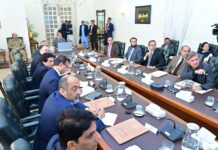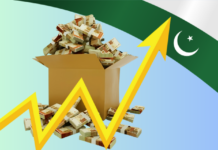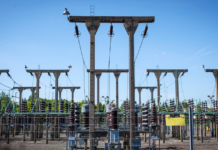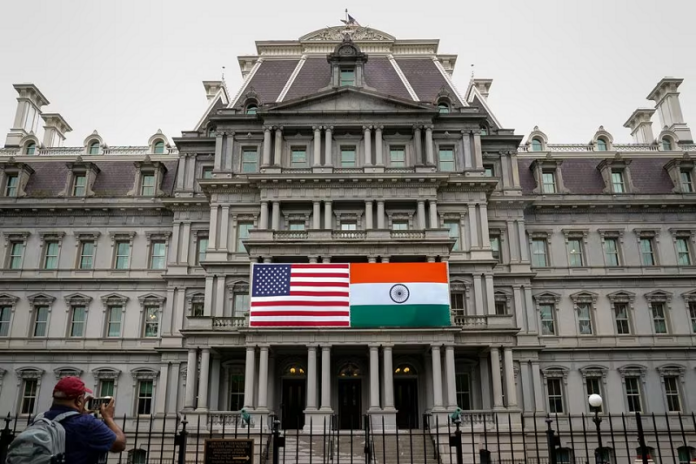US President Donald Trump’s escalating pressure on India over trade issues and its continued oil purchases from Russia threatens to unravel two decades of steadily growing diplomatic ties, analysts and officials warn. They say the tensions could spill into other areas of cooperation as political pressures at home push both governments into more rigid positions.
Opposition parties and sections of the Indian public are calling on Prime Minister Narendra Modi to respond firmly to what they see as aggressive tactics by Trump, who on Wednesday signed an executive order slapping an additional 25% duty on Indian imports — doubling the existing tariff — in retaliation for India’s “substantial” energy dealings with Russia.
India has become an increasingly vital strategic ally for the United States, particularly in countering China’s rise. However, Trump’s focus on India’s sizeable trade surplus with the US and its warm ties with Moscow — a country Trump is trying to isolate amid the war in Ukraine — has put New Delhi directly in the crosshairs of his global tariff campaign.
Trump’s provocative suggestion that India could instead purchase oil from its rival Pakistan has drawn outrage in New Delhi, according to two Indian government sources. India has also flatly denied Trump’s repeated claims that he used trade threats to end a recent military standoff between India and Pakistan.
This week, India responded with an uncharacteristically sharp statement, accusing the US of hypocrisy for targeting it over Russian oil while continuing to import Russian commodities such as uranium hexafluoride, palladium, and fertilisers. It called the new tariffs “unfair, unjustified and unreasonable” and vowed to “take all actions necessary to protect its national interests.”
Still, Indian officials acknowledge that escalating the dispute could come at a heavy cost. Unlike China, India lacks critical leverage — such as rare earth supplies — to force better terms in negotiations with Washington.
For years, successive US administrations, including Trump’s first term, invested in strengthening ties with India, positioning it as a key regional counterweight to China. But some experts now say the relationship is sliding toward its lowest point since the US imposed sanctions following India’s 1998 nuclear tests.
“India is now in a trap: because of Trump’s pressure, Modi will reduce India’s oil purchases from Russia, but he cannot publicly admit to doing so for fear of looking like he’s surrendering to Trump’s blackmail,” said Ashley Tellis of the Carnegie Endowment for International Peace.
“We could be heading into a needless crisis that unravels a quarter century of hard-won gains with India.”
Recent reports from Reuters confirm that Indian state-run oil refiners have halted Russian crude imports amid shrinking discounts and mounting US pressure.
Broader frictions in focus
Experts also point to deeper and more pressing divergences between the two countries — particularly on immigration, technology, and outsourcing — that are increasingly clashing with Trump’s domestic political agenda.
India has long benefitted from US visa programs and the offshoring of IT and business services, issues that have become politically sensitive in the US, especially among Trump’s voter base.
“Relations with India risk becoming a football in American domestic politics,” said Evan Feigenbaum, a former senior official in the George W. Bush administration.
“Issues that directly touch India are among the most partisan and explosive in Washington, including immigration and deportation, H1B visas for tech workers, offshoring and overseas manufacturing by US companies, and technology sharing and co-innovation with foreigners,” he said in a LinkedIn post.
Since the landmark 2008 US–India civilian nuclear deal, bilateral ties have expanded to include intelligence cooperation, joint military initiatives, and the Quad alliance with Australia and Japan. But cracks have begun to emerge, despite Modi’s previously warm ties with both Trump and former President Joe Biden.
One diplomatic low point came earlier this year, when images circulated of Indian deportees shackled aboard US military aircraft just days before Modi travelled to Washington to negotiate trade issues.
Relations were also strained in late 2023 when the US alleged that Indian-linked actors plotted to assassinate a Sikh separatist leader on American soil — a charge New Delhi has categorically denied.
“The Modi regime’s credibility in the US has gone down,” said Sukh Deo Muni, a former diplomat and professor emeritus at Jawaharlal Nehru University.
“And maybe there are people who think that India or Modi had to be brought back on track, if not taught a lesson. And if that trend continues, I’m quite worried that the challenge is quite powerful and strong for India to navigate.”
Looking beyond Washington
An Indian government official said New Delhi now needs to carefully rebuild relations with the US while simultaneously deepening engagement with other global blocs — particularly those that have also been targeted by Trump’s tariffs or foreign aid cuts.
These include the African Union and BRICS — the influential grouping of Brazil, Russia, India, China, and South Africa.
India has already begun moving in that direction. Russian President Vladimir Putin is expected to visit New Delhi later this year. On Tuesday, Moscow said the two nations discussed expanding their defence cooperation under what it described as a “particularly privileged strategic partnership.”
Tensions with China have also eased, with Modi preparing for his first visit to Beijing since 2018 — a notable shift following a deadly border clash in 2020.
“Russia will attempt to exploit the rift between the US and India by proposing the restoration of the Russia–India–China trilateral and new projects in defence,” said Aleksei Zakharov of the Observer Research Foundation in New Delhi.
“India will undoubtedly be mindful of structural factors such as sanctions against Russia and will seek to find a compromise with the Trump administration.”























